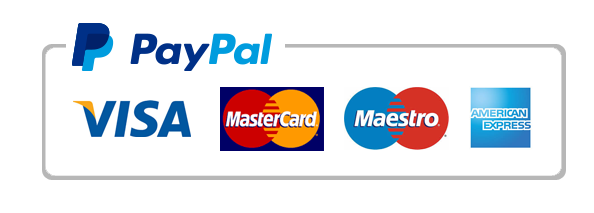Reply the following discussion, APA style, 150 words or more, 2 references or more, Turnitin less than 20 %, No IA.
Advanced Practice Registered Nurses (APRNs), through telemedicine platforms and remote monitoring technologies, have the opportunity to take advantage of them to monitor medication adherence, evaluate therapeutic response and identify possible drug side effects as they real time consult with patients via video, messaging and electronic health records (EHRs) APRNs can then engage with the patient to reinforce drug regimen, and provide what is needed (Haleem et al., 2021). Applications of telehealth are that APRNs can make video check-in appointments, review digital medication logs and look at patient-reported medication adherence (filling in the gaps of medication use) (Haleem et al., 2021). Monitoring whether patients are taking medications as instructed can also be aided by tracking features of digital pill dispensers. Mobile health (mHealth) applications that have reminders and alert functionality are used to help patients take their medications so that APRNs can use usage patterns to intervene when nonadherence is determined (Haleem et al., 2021).
APRNs are also able to monitor therapeutic responses over time as they can continuously monitor patient data and track them in real-time using remote monitoring technologies. Wearable devices and home monitoring systems allow APRNs to collect vital information on blood pressure, glucose levels, heart rate and oxygen saturation, among other things, to assess if the mandated medication has the desired therapeutic effect. APRNs use devices such as continuous glucose monitoring (CGM) devices, which send blood sugar levels to APRNs in order for them to make quick changes to insulin therapy for diabetic patients (Haleem et al., 2021). They may also use remote blood pressure monitors similarly to monitor trends and to make changes to their antihypertensive treatment plans as indicated. Data analysis can be used to make evidence-based clinical decisions, and the pharmacological interventions can be optimized without any visit.
Additionally, telehealth offers APRNs the opportunity to detect and treat possible adverse drug events. An example of remote monitoring is when the blood pressure fluctuates excessively or when a smartwatch detects a warning sign of an abnormal heart rhythm in real time (Haleem et al., 2021). If patients experiencing dizziness, nausea, or swelling because of the progestin they are filling report their side effects to telemedicine portals, the APRN can easily manage it. Early intervention and medication adjustments can be made to address worrying trends as are sent by wearables and smart medication devices to APRNs (Haleem et al., 2021). Adverse reactions are responded to before becoming complicated, and the hospitalization length is reduced.
Impact of Remote Patient Monitoring on Pharmacological Interventions and APRN Practice
The integration of APRN practice with remote patient monitoring solidifies APRNs as valuable agents of pharmacological interventions by increasing the delivery of more personalized and timely care. With real-time patient data, APRNs can readily alter dosages, change their medications or implement supportive therapies to improve the treatment results (Serrano et al., 2023). Thus, patients get more specific and responsive medication management, their quality of life is increased, and their health outcomes are improved (Serrano et al., 2023).
In addition, remote patient monitoring is a means to streamline the workflows of APRNs and broaden access to care. This enables an APRN to see more high-risk or complex patients in succession without sacrificing the requisite in-person visits needed to best manage others in continuous care through virtual platforms. This technology also supports interdisciplinary collaboration because APRNs’ monitoring data could be shared with physicians, pharmacists, and other healthcare providers and used to monitor coordinated care (Serrano et al., 2023). It can be easily distributed, especially to those living in rural or underserved areas, as a tool for monitoring patients remotely, which facilitates the access of the many who have limited options to reach medical facilities. The use of telemedicine and remote monitoring technologies combined with clinicians’ access through PRNs to obtain proactive and data driven decision making around pharmacologic care, makes APRNs the final ones. By using these tools, the APRN increases patient safety, effective healthcare, medication adherence and the optimal therapeutic response thus reducing the adverse effects (Serrano et al., 2023).

